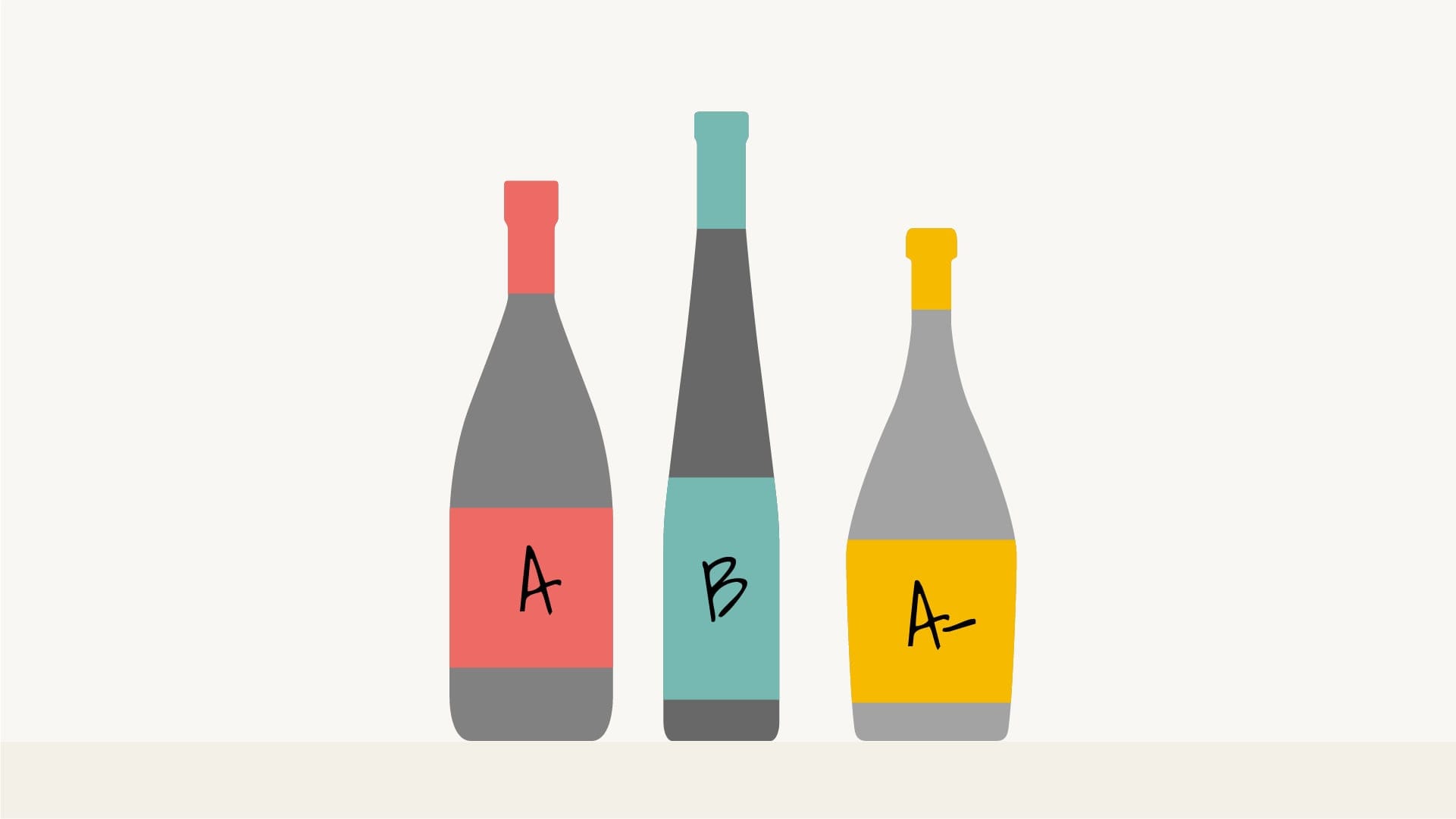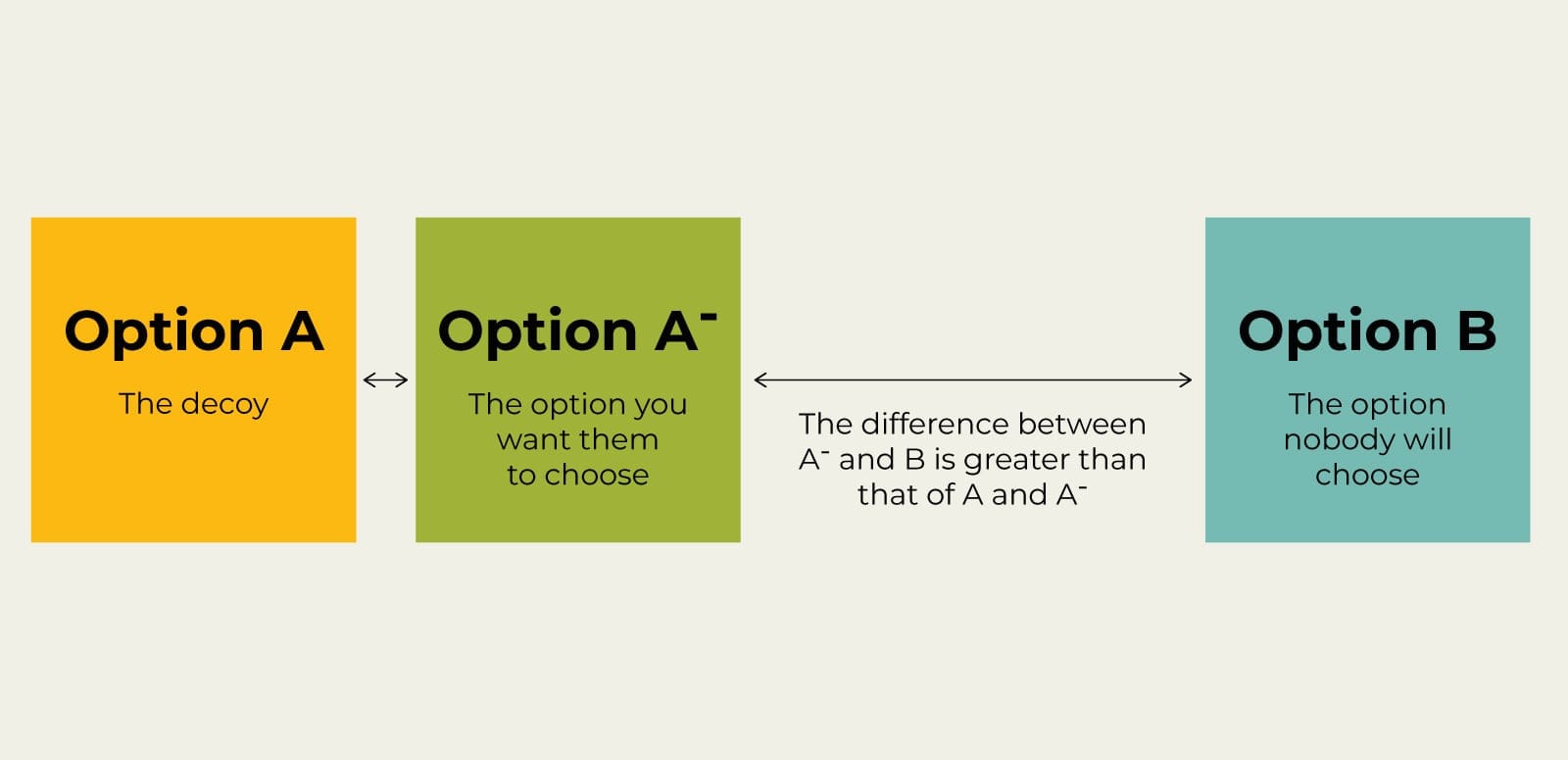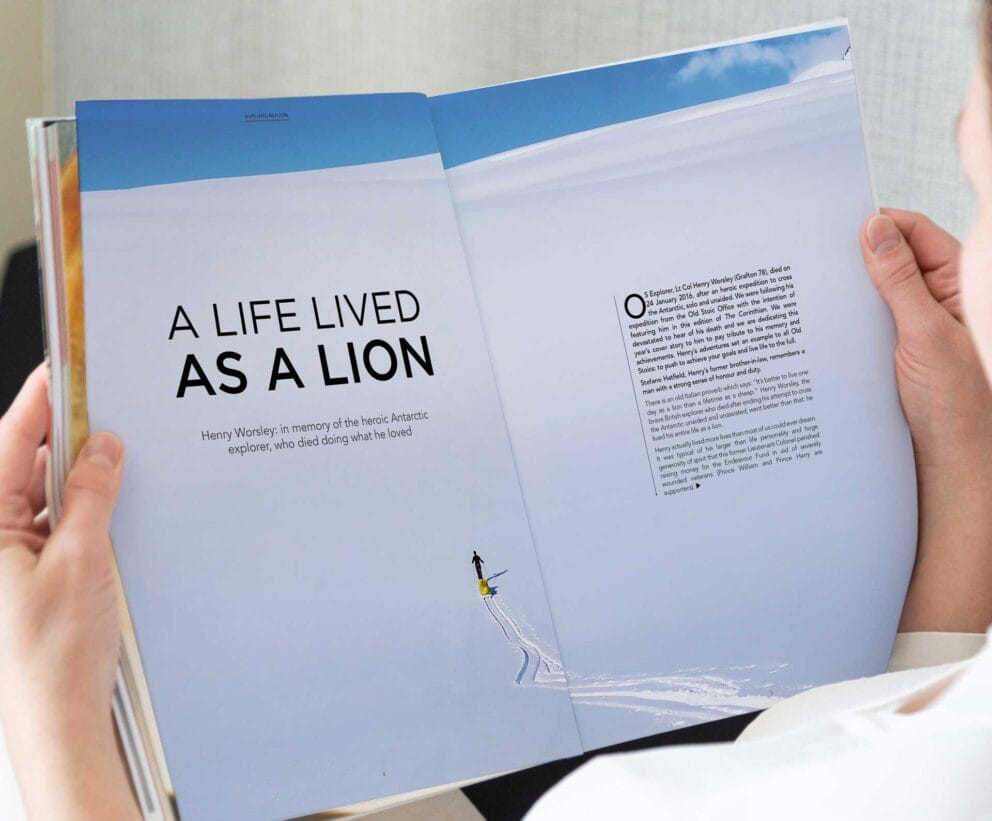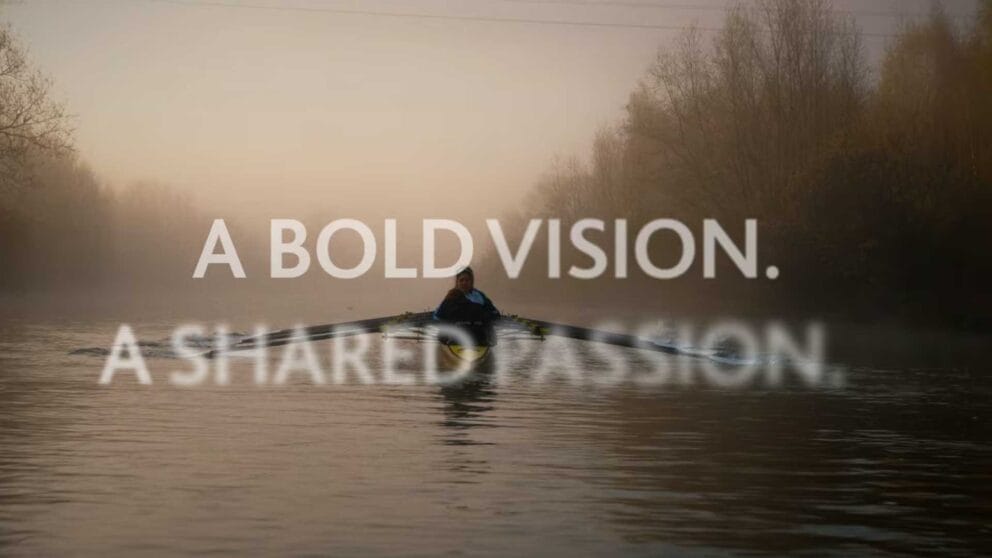
You’ve worked hard to develop a compelling campaign that appeals to the hearts of individuals in your community, and you’re ready to launch with a clear narrative about why people should give.
But what if this isn’t enough to gain donations? In the buzz of developing a strong appeal the giving options can be overlooked and risk losing valuable donations.
People need options.
It might seem obvious, but there’s a science to decision making. In his book ‘Predictably Irrational’ Dan Ariely explains the concept of ‘relativity’ and says that we must be given a choice when asked to take action. Better than that, we must be given three choices, because “most people don’t know what they want [to choose] unless they see it in context”.
Here’s how the theory works:

To aid a decision, people need comparable options that act as a rationale checklist i.e. A doesn’t seem quite right and B certainly isn’t for me, so therefore A- feels just perfect.
A great example of this theory in action is how a lot of restaurants devise their wine list. And for most of us (wine connoisseurs aside) choosing which to order in a social setting goes something like this:
Ignore the house bottle (Option B) – it’s just not the done thing to choose it. Then there’s options A and A-, the most expensive and the reasonably priced. Option A is clearly better than A- and certainly better than B. But A really is too much to pay on this occasion so play it safe with second best.
A guided decision
The decision to go with Option A- has been predicted and actually manipulated by the restaurant or bar’s pricing strategy to sell more bottles of A-.
The difference with a fundraising campaign is that those in receipt of the message have not necessarily requested it. Without strategic giving options the recipient is presented with two choices: donate or don’t donate. Even the most compelling appeals could fall flat without a guided decision. People could lose interest and go with the safest and easiest option – to do nothing.
To put it bluntly, Ariely says “Like an airplane pilot landing in the dark, we want runway lights on either side of us, guiding us to the place where we can touch down”.
Consider how you could guide prospective donors into a decision by making their choice easy. Could you offer three donation options, one being Option A- – the ‘no brainer’?


